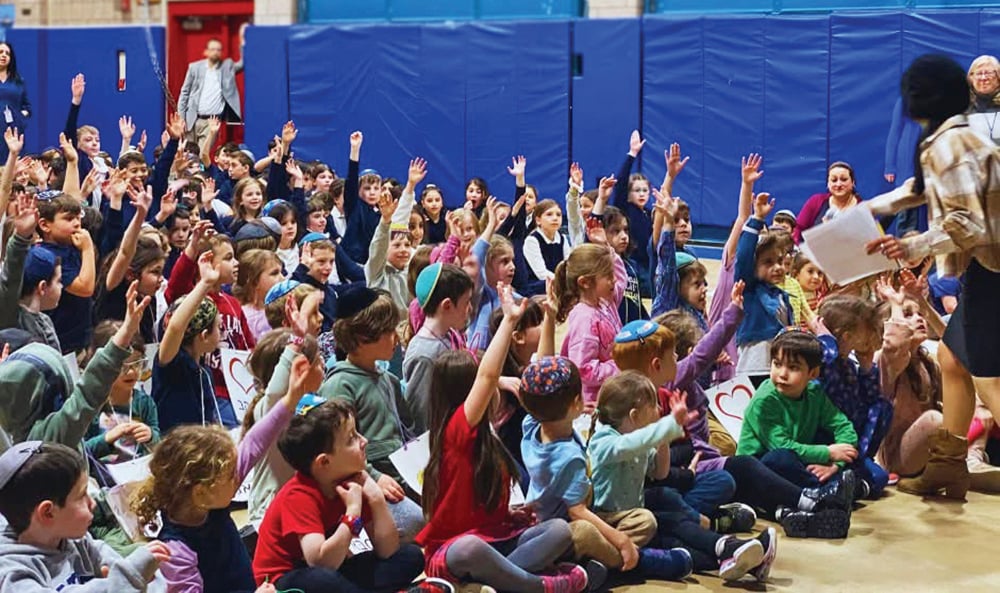If you blow shofar in a forest, and no one is there to hear, did it make a sound?
Why do we blow the shofar on Rosh Hashanah?
Rambam offers that the goal is for the listener to be shocked and spurred to teshuva, repentance, by the jarring sounds of the shofar.
But is the shofar really just to awaken us to teshuva? Then why not an alarm clock or a different note?
According to Rabbi Saadia Gaon there are 10 reasons, the first of which is that we crown God as the King of Kings, ruler of the whole world, and the hallmark of a coronation is its accompaniment by shofar blasts.
But why do we use a shofar, a ram’s horn? Why use a lowly animal’s horn that can produce but one note? Why not use a more robust musical instrument such as a harp, guitar or piano that have far greater range and versatility that befit the honor of God, the King of Kings?
The Talmud Yerushalmi Taanit 2:1 says we blow a shofar to cry out like an animal, a cry without words.
The sound produced by a shofar is a raw primal sound. The shofar’s sound is a wordless cry, a prayer when we have no words to say to God, but know that we need His help.
But if the goal was just for that type of prayer, why do we need to specifically use a shofar, a ram’s horn? Why not the horn of a cow that produces a similar tone? Is all that we are seeking is to cry out without words?
Shofar is not just about the sound created, but about the history behind the sound. The sound is formed by a ram’s horn which reminds us of Akeidat Yitzchak, the binding of Isaac, and the great sacrifice that Avraham and Yitzchak were prepared for. God sent an angel to stop Avraham from laying a hand on Yitzchak, and a ram was offered as a sacrifice instead.
That might be where the shofar began, but it was also used to tell the world of God descending on Har Sinai, as a summons to battle throughout Tanach, and for introducing prophecies. One day, it will be used to herald Mashiach.
Scientifically, a sound can only be heard through a medium. When the air leaves the mouth of the shofar blower, it reverberates through the shofar and then travels through the air to reach our eardrums. If any one of those interim steps is missing, the shofar cannot sound.
Only through the history contained within the shofar and its resulting sound can we properly remember the messages and crown God as King of Kings, as we pray together. We need the shofar, our shared history. We need the air around us in order to make the sound.
As we blow the shofar today, we aren’t blowing it in a vacuum. We are blowing our shofar, to produce a primal cry like an animal, beseeching God to listen to our prayers. We know that our ability to express our desires and thoughts is insufficient, but by connecting to our history and our roots, the medium that we all are in through the shofar we can make that sound.
Rabbi Chaim Metzger is a mechanech at Orot Etzion in Efrat, the director of Night Seder at Midreshet Amudim, and an educator worldwide through the Lookstein Center’s Virtual Academy. He and his family now live in Alon Shvut, Israel. Rabbi Metzger was rabbinic assistant at BAYT from 2020 to 2022, and an Avreich of Beit Midrash Zichron Dov. Please send questions and comments to [email protected]













